Gardening can be a rewarding endeavor, but I’ve learned that it often comes with its share of challenges. I want to share five common mistakes I’ve made in my gardening journey and how using native plants can help fix them.
1. Choosing the Wrong Plants for My Climate
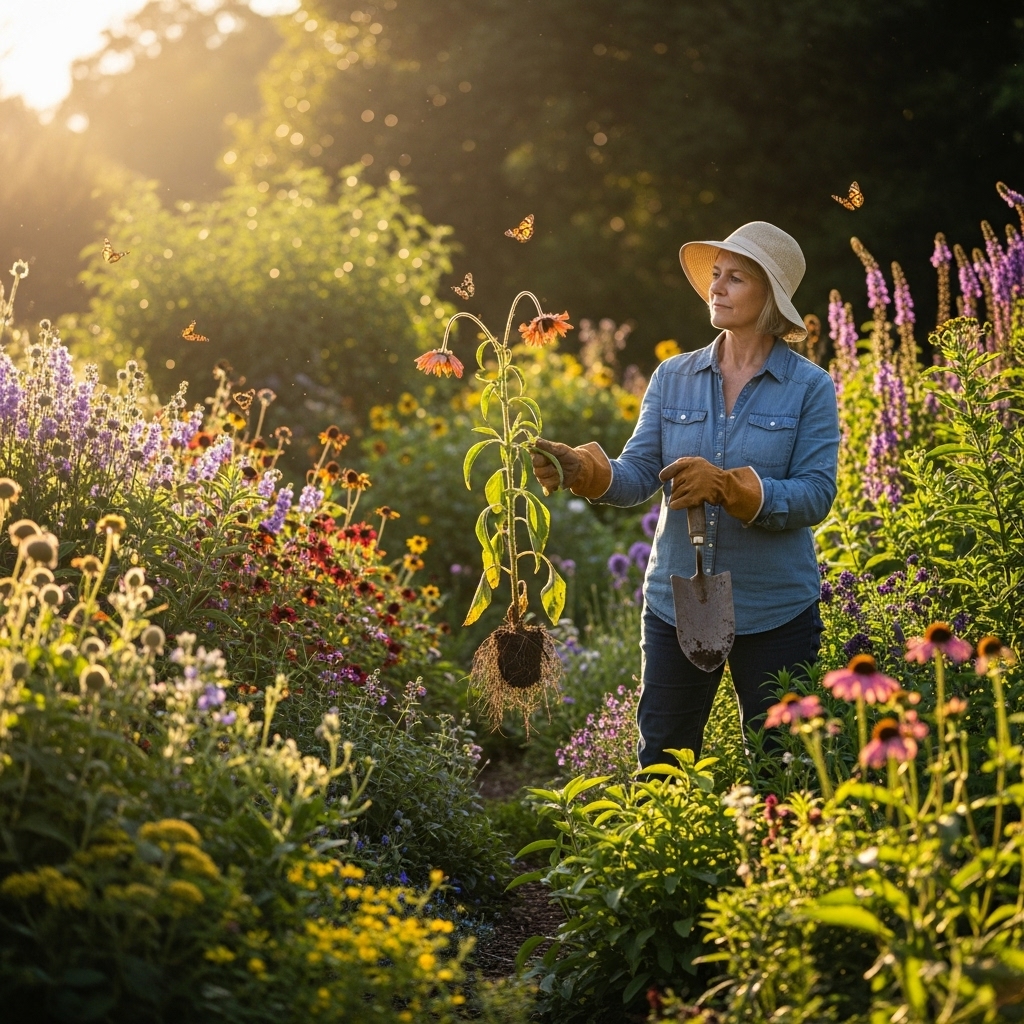
One of the biggest gardening blunders I’ve faced is selecting plants that simply aren’t suited for my local climate. I remember the excitement of buying beautiful tropical plants, only to watch them wilt and struggle in the cooler temperatures of my region. I felt defeated, and it was a hard lesson learned. Native plants, on the other hand, are well adapted to the local climate and soil conditions, making them more resilient and easier to maintain.
Understanding Your Climate Zone
Before I started using native plants, I didn’t pay much attention to the hardiness zone I lived in. The USDA Plant Hardiness Zone Map was a revelation for me. This map divides North America into zones based on average annual minimum winter temperatures. By understanding which zone I am in, I can choose plants that will thrive in my specific conditions.
For example, in my region, I realized that plants like the Eastern Redbud and Purple Coneflower not only survive but flourish in my area’s climate. These native plants are adapted to the temperature fluctuations and precipitation patterns that are typical of my zone, which means they require less water, fewer resources, and less maintenance than non-native species.
Benefits of Native Plants
Native plants are a win-win for gardeners like me. They support local ecosystems by providing habitat and food for native wildlife, particularly pollinators like bees and butterflies. I’ve seen a noticeable increase in butterflies and hummingbirds since I started incorporating more native species into my garden. This not only adds beauty but also helps sustain the local ecosystem. Additionally, native plants often require fewer chemical inputs like fertilizers and pesticides, which aligns with my goal of creating a more sustainable garden.
2. Ignoring Soil Health
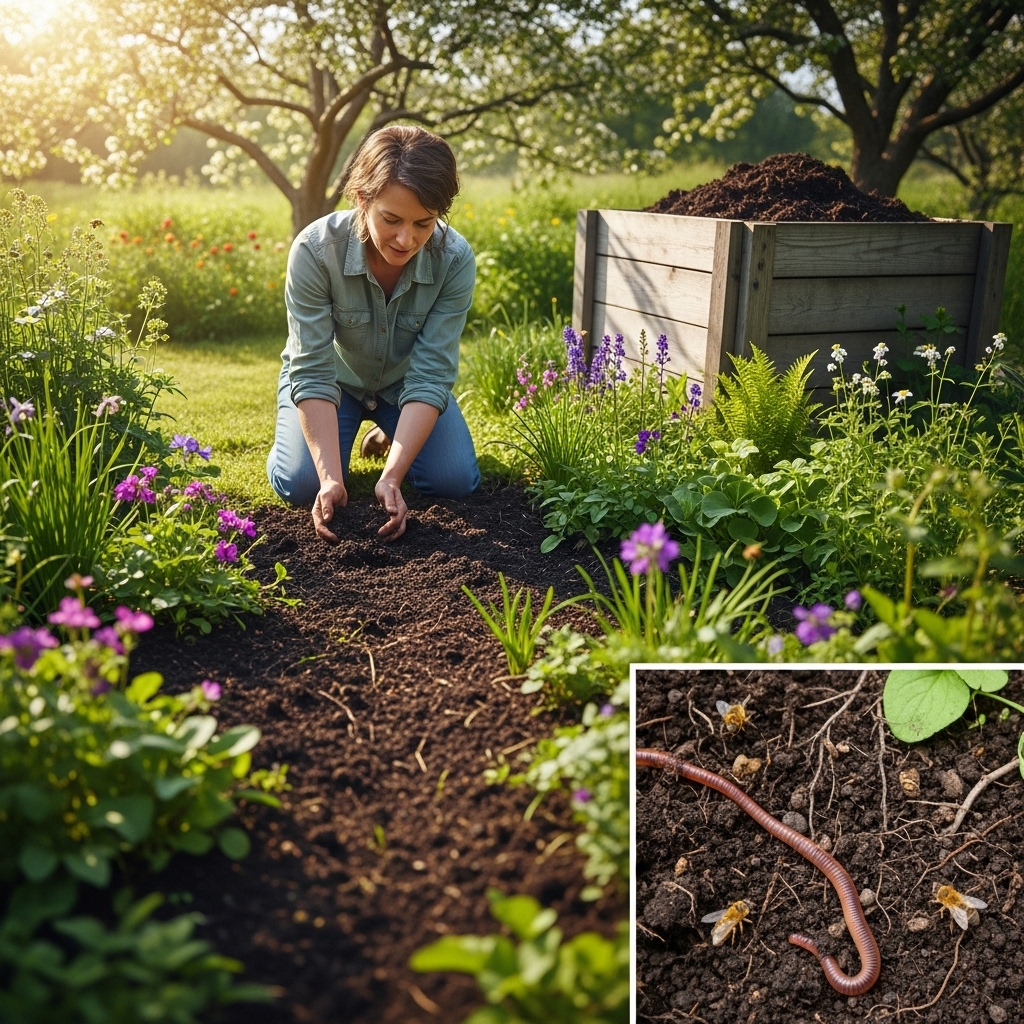
Another mistake I made was neglecting the importance of soil health. When I first started gardening, I would simply dig a hole and plant without giving much thought to what was beneath the surface. This often resulted in stunted growth and poor yields. I learned that healthy soil is the foundation of a thriving garden, and that’s where native plants came in to save the day.
Testing and Amending Soil
When I began to focus on soil health, I realized I needed to test my soil for pH levels and nutrient availability. I picked up a soil test kit from my local garden center, and the results were eye-opening. Armed with this knowledge, I could amend my soil accordingly. Native plants generally have lower nutrient requirements than their non-native counterparts, making them ideal for gardens with less-than-perfect soil.
Incorporating organic matter, such as compost or well-rotted manure, can significantly improve soil structure and fertility. I started adding compost to my garden beds, which not only enriched the soil but also improved water retention. Native plants thrive in these enriched soils while promoting beneficial microbial activity, further enhancing soil health.
Building Healthy Soil with Native Plants
One of the best lessons I learned is that native plants often contribute to soil health themselves. For instance, many native species have deep root systems that help aerate the soil, improve drainage, and enhance nutrient cycling. By adding native plants like Wild Bergamot or Switchgrass to my garden, I not only beautified my space but also improved the overall soil structure. These plants have become integral to my gardening practice, and I’ve noticed a remarkable difference in the health of my garden.
3. Overwatering or Underwatering
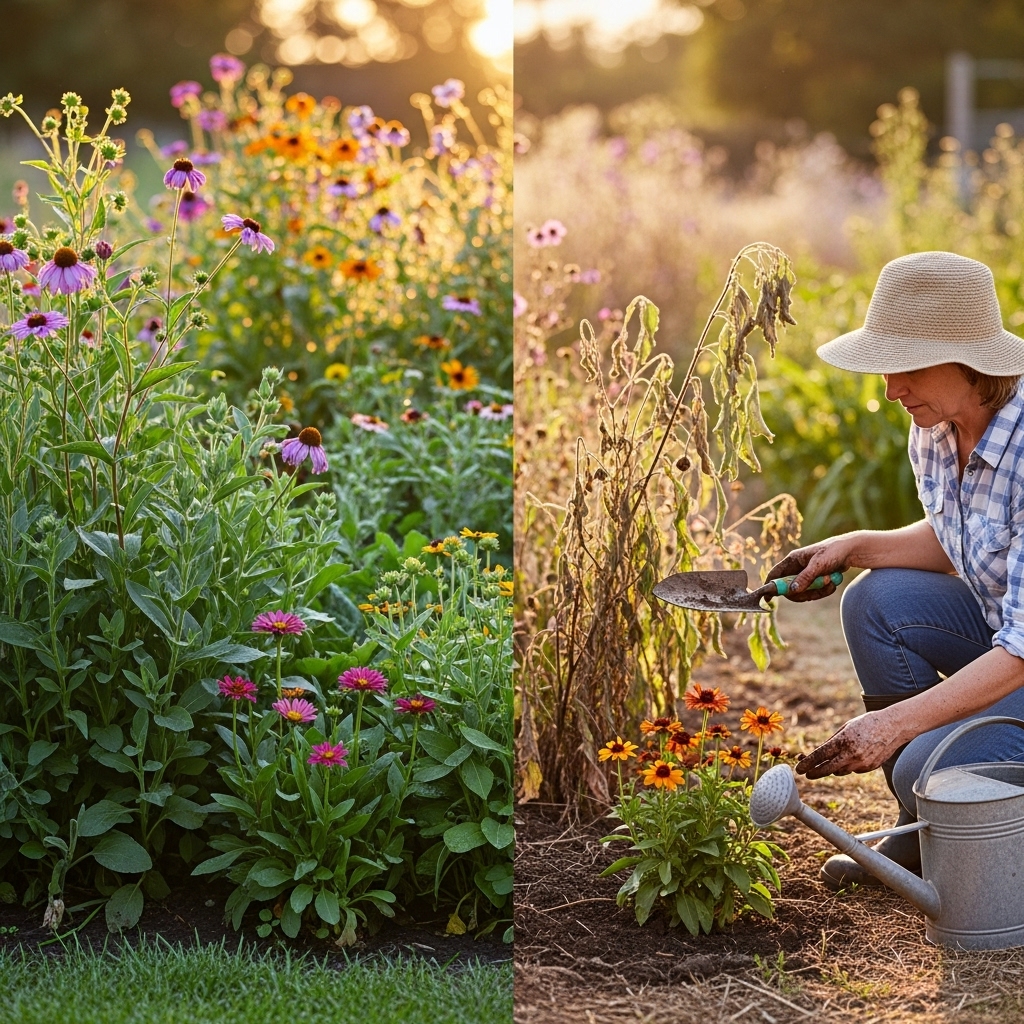
Watering my plants has been another area where I’ve made mistakes. I’ve been guilty of both overwatering and underwatering at different points in my gardening journey. It’s frustrating to see plants either drowning or wilting, and this often stemmed from my lack of understanding about the specific water needs of different plants.
Understanding Water Requirements
Native plants are often more drought-resistant than non-native varieties. Once I started incorporating them into my garden, I discovered that many native plants had evolved to survive with less water. For example, I found that plants like the Black-eyed Susan and the Butterfly Weed not only thrive on minimal water but also help retain moisture in the soil.
To improve my watering practices, I began to group my plants according to their water needs. This way, I could tailor my watering schedule. I also invested in a rain barrel to collect rainwater, which not only provides a sustainable water source but also ensures my native plants receive the moisture they crave without the risk of overwatering.
Implementing Water-Saving Techniques
Additionally, I learned about using mulch to conserve moisture and prevent weeds. Organic mulch, such as shredded bark or straw, has become a staple in my garden. It helps keep the soil temperature consistent, retains moisture, and slowly adds nutrients as it breaks down. By applying a layer of mulch around my native plants, I’ve been able to reduce my overall watering needs significantly, which is both environmentally friendly and cost-effective.
With these insights and adjustments, I’ve transformed my gardening experience. Native plants have played a crucial role in addressing these common mistakes, and I’m excited to share more about the other errors I’ve encountered and how I’ve learned to overcome them in the next part of this article.
4. Planting Invasive Species
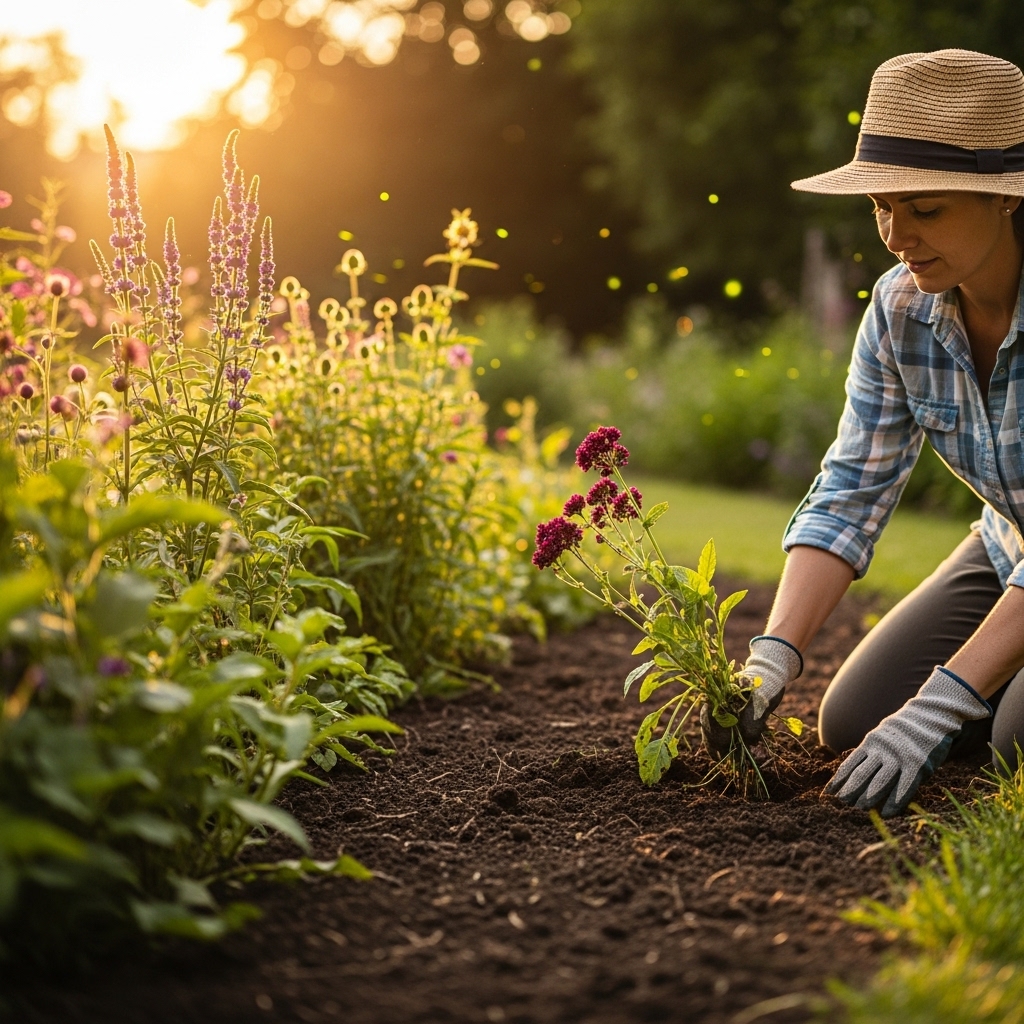
One of the more frustrating phases of my gardening journey was when I inadvertently introduced invasive species into my garden. At first, I was drawn to their vibrant colors and fast growth, but soon realized the havoc they could wreak on my space and the local ecosystem. Invasive plants can outcompete native species, disrupt local wildlife, and even negatively affect soil health. Learning this was a wake-up call for me and led me to embrace native plants even more.
Understanding Invasive vs. Native Plants
During my exploration, I began to educate myself about the differences between native and invasive plants. Invasive species, such as Japanese Knotweed or English Ivy, may look appealing, but they often spread unchecked, choking out other plants and disrupting the delicate balance of my garden. On the flip side, native plants, like the Wild Bluebell or the Mountain Laurel, not only support local wildlife but also help maintain ecological balance.
To better understand what I was planting, I started utilizing resources from local gardening clubs and conservation groups. They provided lists of native plants suited for my area and outlined which species to avoid. This knowledge empowered me to make informed decisions, ultimately leading to a healthier garden ecosystem.
The Benefits of Native Plants Over Invasives
Incorporating native plants has transformed my garden into a sanctuary for local wildlife. I’ve seen more birds visiting my yard since I switched to native species, as they provide essential food sources and habitats. This shift not only beautified my garden but also contributed to preserving local biodiversity. Additionally, native plants are better adapted to their surroundings, which means they require less maintenance and fewer resources compared to invasive species that can quickly become burdensome.
One of my favorite native additions is the Milkweed, which attracts Monarch butterflies. Watching these beautiful creatures flutter around my garden has been incredibly rewarding. By planting native species, I feel like I’m doing my part to support the environment while enjoying the beauty of nature.
5. Neglecting Seasonal Changes
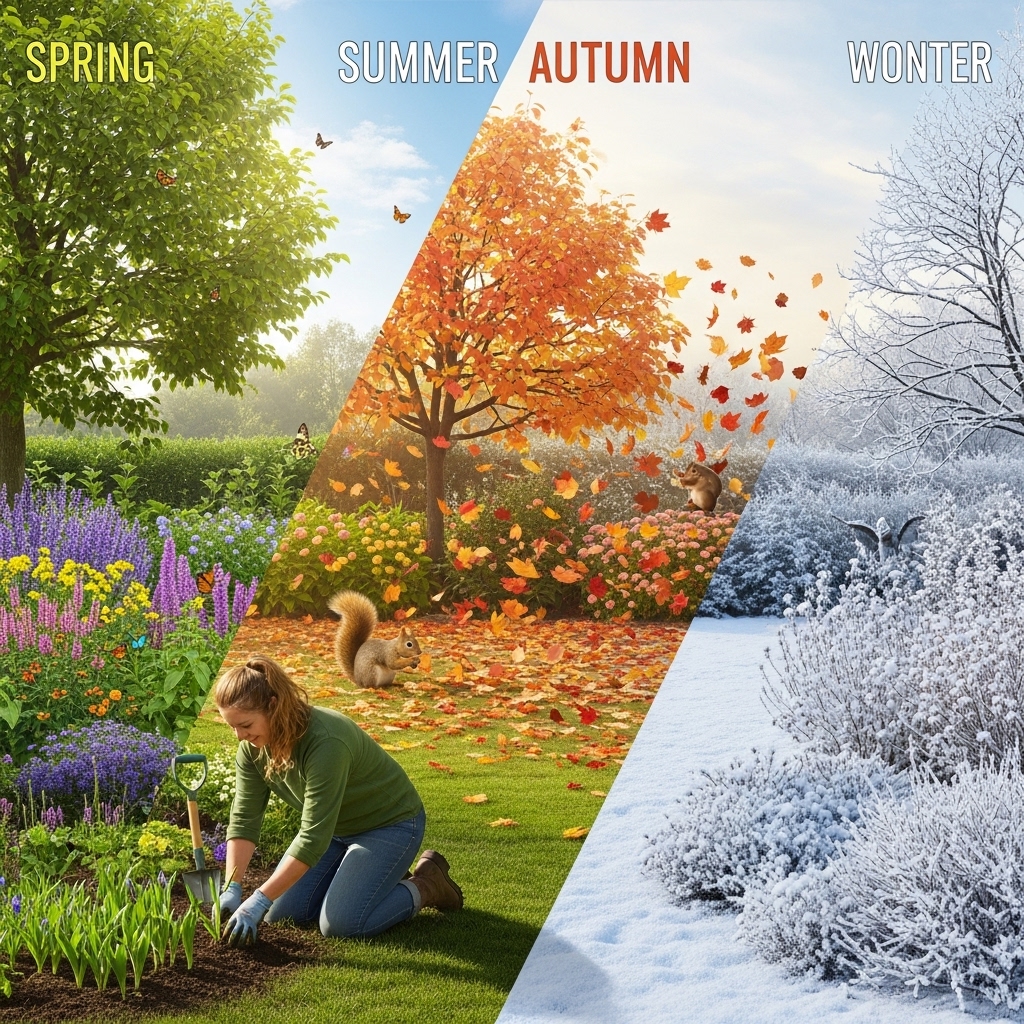
Another mistake I’ve encountered is overlooking the seasonal changes that impact my garden. I would often find myself planting the same varieties without considering their seasonal needs, leading to a garden that looked lackluster at certain times of the year. This was a significant realization for me; it became clear that understanding seasonal dynamics could enhance the beauty and productivity of my garden.
Embracing Seasonal Cycles
By educating myself on the seasonal cycles, I learned the importance of planting a variety of native species that bloom at different times throughout the year. This has allowed me to cultivate a garden that offers year-round interest. For instance, in spring, I enjoy the vibrant blooms of the Virginia Bluebell, while summer brings the cheerful yellow of the Black-eyed Susan. In fall, the golden hues of the Goldenrod create a stunning display, and winter offers the beauty of evergreen native shrubs.
I’ve also realized how seasonal changes affect maintenance tasks. For example, I’ve adjusted my pruning and watering schedules based on seasonal weather patterns. Native plants are often more adaptable to these changes, reducing the amount of intervention needed on my part. This has not only saved me time but also helped me create a garden that feels alive and vibrant throughout the year.
Creating a Seasonal Gardening Plan
To stay organized, I developed a seasonal gardening plan. This plan outlines what to plant, when to prune, and how to prepare for seasonal changes. By following this guide, I can ensure my garden remains healthy and flourishing. I also make notes about which native plants have performed best in each season, allowing me to refine my choices for the future.
Incorporating seasonal awareness has transformed my gardening experience from one of frustration to one of joy. I’ve come to appreciate the beauty of each season and the role native plants play in creating a dynamic, thriving garden. Each phase brings new opportunities for growth, and I feel more connected to the rhythm of nature.
Final Thoughts
Reflecting on my gardening journey, I am grateful for the lessons I’ve learned and the mistakes I’ve made. Each error has been a stepping stone toward creating a more sustainable and beautiful garden. Embracing native plants has not only corrected past blunders but has also enriched my experience, allowing me to foster a vibrant ecosystem right in my backyard. I look forward to continuing this journey, exploring more native species, and sharing my discoveries along the way.
By being mindful of these lessons, I hope to inspire others to appreciate the value of native plants and the joy of gardening. It’s a journey that brings us closer to nature and helps us contribute to the health of our environment.
